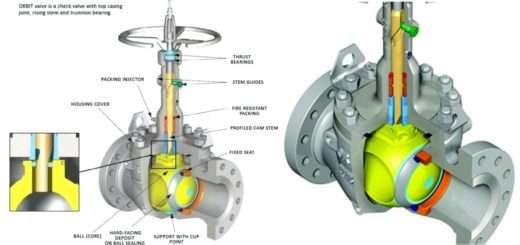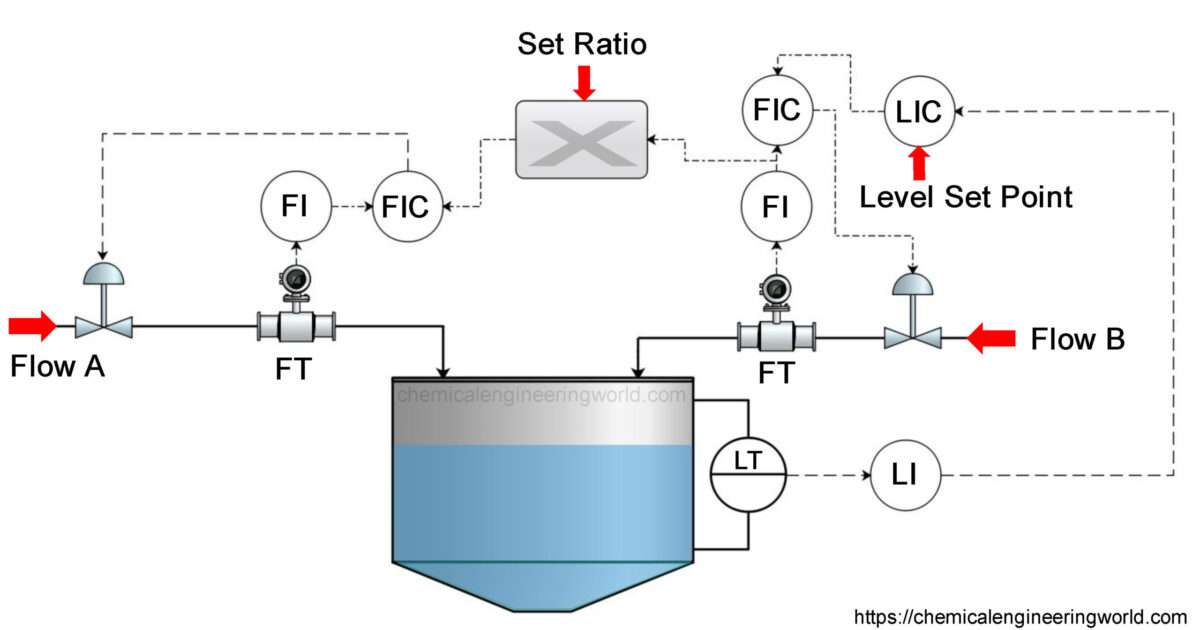Niobium Element Properties and Information

Niobium Element Properties and Information
Niobium is forty-first element on the periodic table. Elements are arranged in the periodic table on the basis of the atomic number. Atomic number is the number of protons in the nucleus of the atom. Niobium has an atomic number of 41. It is located in the Group 5 and Period 5 of the periodic table of elements. It is denoted by Nb. The name is derived from a character in Greek mythology, ‘Niobe’.
Charles Hatchett examined an ore named columbite in 1801 and said that it contains a new element and called it columbium. Other chemists and scientists were skeptical of this claim because the ore contained tantalum which was discovered in the following year. Heinrich Rose proved in 1844 that the ore actually contained two elements; tantalum and a new element which was same as described as columbium. He renamed it as Niobium.
Niobium is said to be thirty-fourth most common element in the earth’s crust with concentration of 20 ppm. The main source of niobium is columbite. It is also found in pyrochlore.
Physical Properties
- Niobium is a light-grey, crystalline, and ductile transition metal.
- The atomic mass of niobium is 92.91
- The melting point of niobium is 2410°C
- The boiling point of niobium is 5100°C
- The density of niobium is 8400 in S.I. units at 20°C
- Niobium becomes a superconductor at cryogenic temperatures.
- Niobium has the greatest magnetic penetration depth of all elements.
- Niobium has quite high melting point but the density lower than refractory metals.
- Niobium has only one stable isotope; niobium-93.
Chemical Properties
- On exposing niobium to air, an oxide layer is formed which is blue in colour.
- Niobium’s chemical properties are very similar to tantalum.
- Niobium is capable of forming dielectric oxide layer.
Methods of Production
- Extraction & Reduction: Mostly tantalum and niobium occur together in ores thus they are processed together and separated to obtain the element of desire. To obtain Niobium, first the ore is subjected to leaching using organic solvents then water is used to extract and then potassium fluoride is added to form a potassium fluoride complex. This is reduced to obtain niobium in high purity.
- Aluminothermic reaction: A mixture of aluminium oxide and niobium oxide is reacted with aluminium. Small amounts of sodium nitrate is added to enhance the reaction. The products formed are aluminium oxide and ferroniobium, which is of industrial importance. It contains 60-70% niobium. The same reaction without iron oxide is used to produce niobium metal directly but further processing has to be done to improve the grade.
Relevance in Chemical and Related Industries
- Steel industry: About 90% of the total niobium production is used in steel industries. It is used for grain sizing, to retard recrystallization, and precipitation hardening. Niobium is sometimes used in very high quantity to produce highly wear and tear resistant machine elements.
- Superalloys: This constitutes second largest use of the total niobium production. Niobium is used in iron, cobalt, nickel based superalloys.
Relevance in Other Industries
- Superconducting Magnets: Niobium-germanium, niobium-tin, and niobium-titanium alloys are used as superconductor wires to make magnets which finds its use in MRI machines, NMR Spectroscopes, Large Hadron Collider (LHC) etc.
- Medicine: Niobium is physiologically inert and hypoallergenic, meaning that it is an allergen to very few, for this reason it is used to make prosthetic arm.
Health Effects on Exposure
Irritation: Niobium dust causes eyes and skin irritation.
Effects on Surroundings
No negative effects have been reported.
References:
https://en.m.wikipedia.org/wiki/Niobium
































